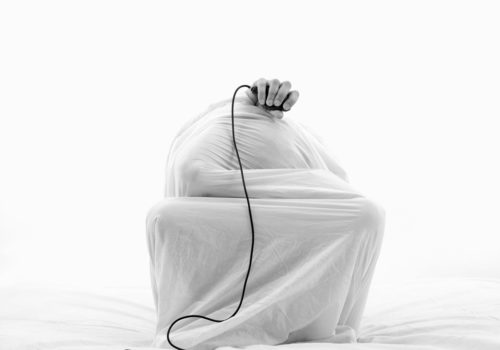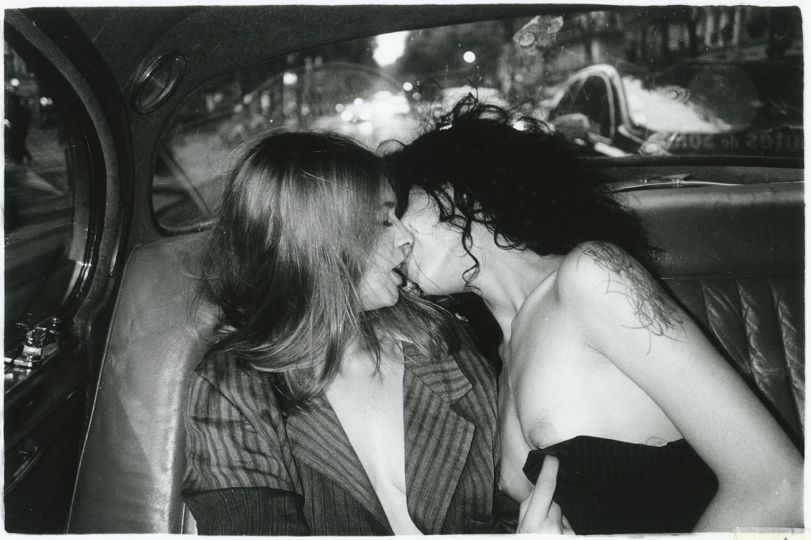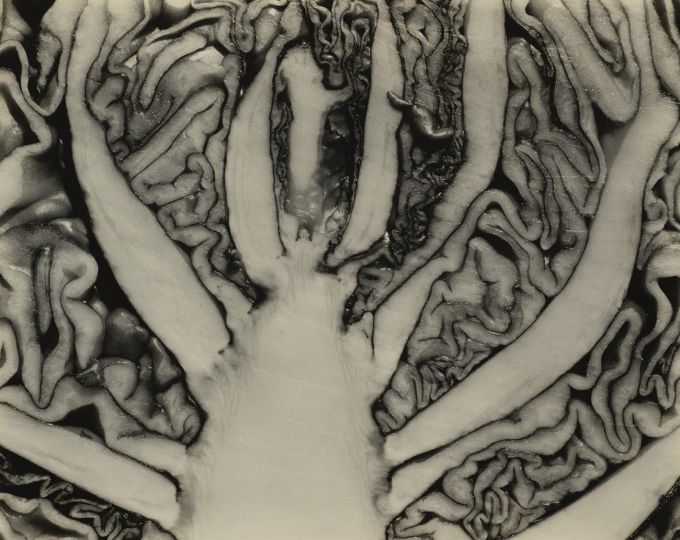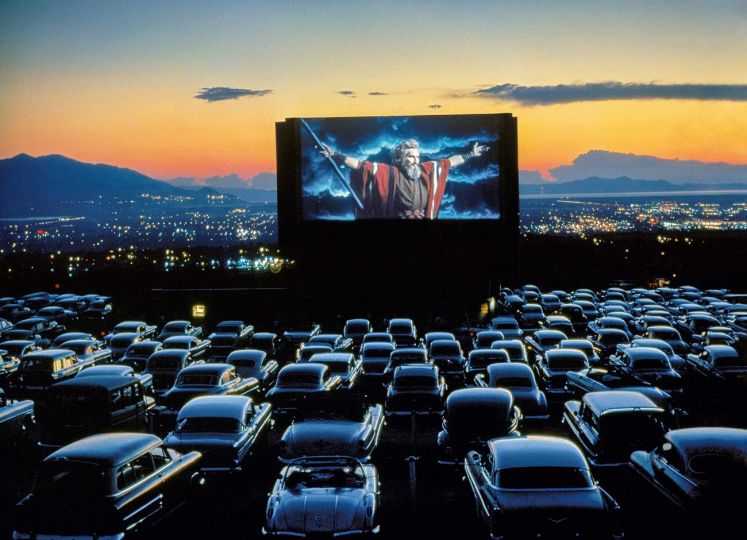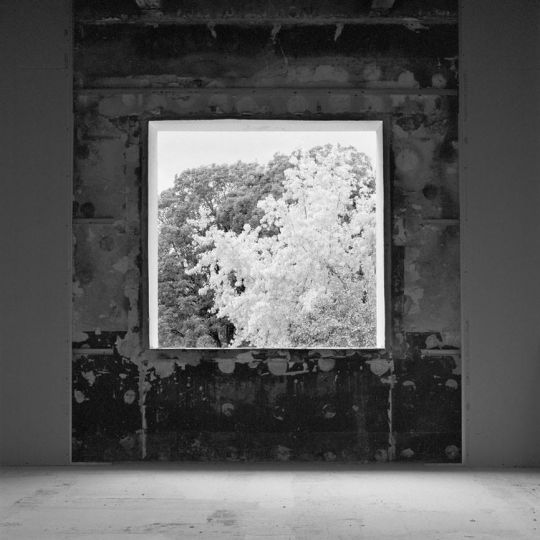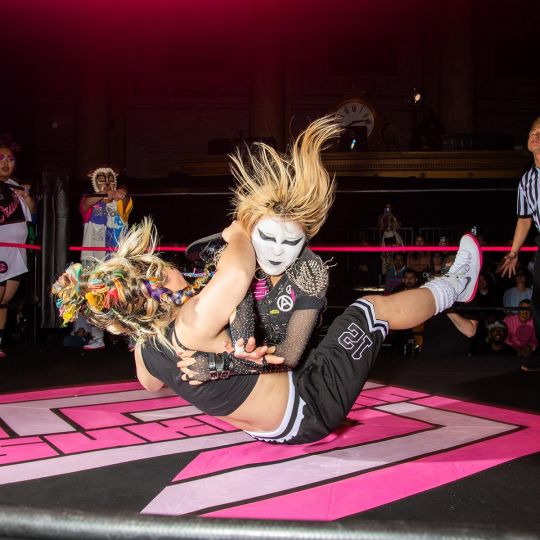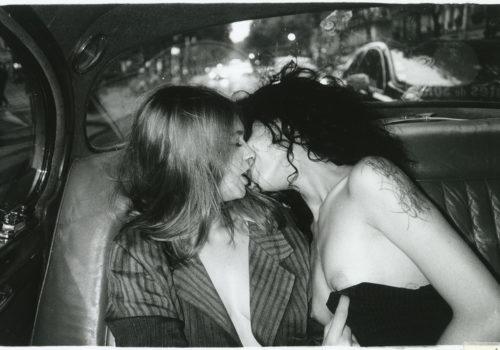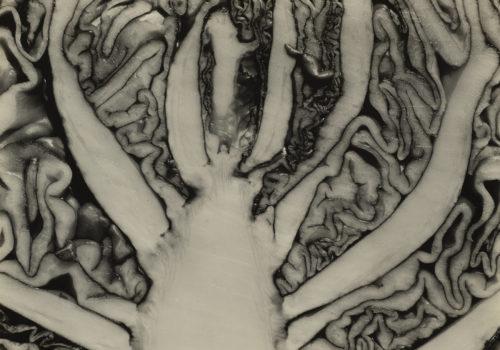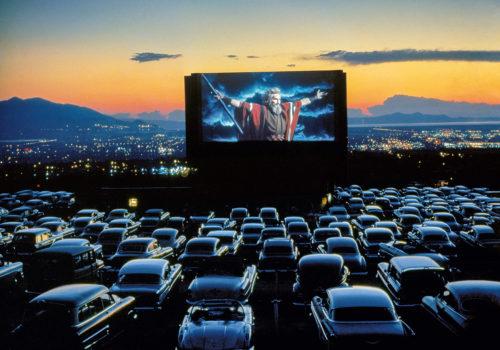For over 10 years, the Tunisian photographer Mouna Karray has explored personal and identity issues in her work. Her photographs have been featured in various exhibitions, including the Bamako Biennale in 2007 and 2011, the Photoquai festival in 2009, and most recently in Marseille, when it was the European Capital of Culture in 2013.
In the series Noir, which Karray began in 2011 following the Tunisian revolution, the photographer addresses confinement. In eight square-format black-and-white photographs, Karray appears wrapped in a white sheet, striking different positions. Only her hand is visible, releasing the shutter. “My body is imprisoned, confined, but creative nonetheless,” Karray explains. “One day in Sfax, I saw a rooster on the bus. A man had bought it alive at the market and was carrying it in a plastic bag. The rooster struggled in the bag throughout the ride. It is while we are confined and under duress that we act.”
The series is a metaphor for imprisonment, as suggested by its title,Noir (Darkness), for “It is in the darkness that we begin to see.” A few weeks before the first spark of the revolution, Karray was exploring southern Tunisia. The series Personne ne parlera de nous (No One Will Speak of Us) shows a body wrapped in a white shroud against a desolate landscape. Here we note the shutter release cable, the only link to the outside in Noir. The photographer comments on how the “release” is used for a “photographic act,” becoming an instrument of liberation.
Read the full article on the French version of The Eye

